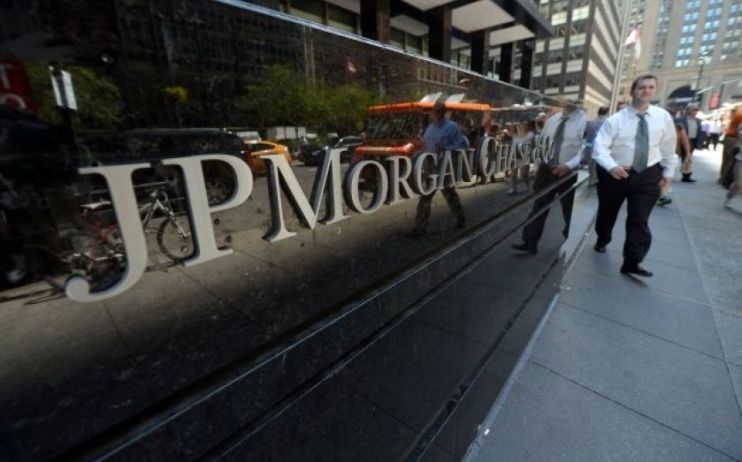Guess who’s back? RWA Tokenization

Each month, Jasper De Maere, Head of Research at Outlier Ventures, will zoom in on trends and events happening in cryptocurrency and the broader ecosystem across public and private markets.
Tokenization of real world assets is finally seeing adoption by financial institutions. This time it’s different as the technology is more mature, regulators are supportive and there’s an increasing mindset on the topic.
For anyone following blockchain and Web3, the tokenization of real-world assets (RWA) might have a familiar ring. Expected to be a key driver of the adoption of blockchain technology for the next couple of years, RWA tokenization has already been explored in past cycles, specifically between ‘16 and ‘18. In this article I’ll uncover what is different this time and quantify some of the adoption we’re seeing by the large financial players.
In recent history we’ve had some less successful integrations of RWA like the Tradelens project spearheaded by A.P. Moller – Maersk and IBM. So what is different this time around? Five years after the initial hype, the setup for RWAs’ success looks meaningfully different. I would point to three key drivers:
Firstly – We see more mindshare and activity in the space from larger players who hold the assets required to be tokenized and are actively trying out the technology such as Blackrock, Franklin Templeton, JP Morgan and others.
Secondly – RWA requires both hardware and software. The industry has made meaningful strides over the past decade to improve the technology stack, making RWA integration significantly easier.
Finally – There is more legal and regulatory clarity around how RWAs are perceived from a legal perspective, lowering the implementation risk for large corporations and new players.
The financial industry is leading the charge on RWA adoption with the tokenization of financial instruments. Initially driven by new challengers, this year we’ve seen incumbent players such as Blackrock and Franklin Templeton flicking the switch.
Out of all financial instruments, US Treasuries are seeing the most success. Over the past 18 months, we’ve seen the dollar-denominated value of tokenized T Bills go from ~$100 million at the start of 2023 to ~1.3 billion today. This growth has been strongly driven by Franklin Templeton and Blackrock who have tokenized ~$368m and ~$382m to date. For reference, today the US treasury market sits at ~$27 trillion total value. So while the share of tokenized assets is relatively small, the pace at which assets are moving onto blockchain is very reassuring. We are hitting escape velocity and the solution is finally becoming economically viable and is considered by many established industry players.
Apart from US treasuries, other financial instruments are also seeing adoption and pilots. Beyond efficiency gains around trading, settlement, clearing and administration, tokenizing assets also has the benefit of allowing assets to be easily fractionalized. That is why besides funds, T-bills and corporate credit, we’re also seeing a lot of interest from incumbents to explore the tokenization of private markets (PE & VC) in an attempt to make these markets more accessible and offer these types of assets on their wealth platforms.
So in short, we’re expecting to continue to see headlines from challenger and incumbent players around tokenization of real-world assets in the financial world and beyond and blockchain technology continues to diffuse across society at an accelerating pace. This time it’s different for RWA tokenization as the technology is ready, regulators provide clarity and corporations continue to explore the opportunity. Stay tuned…
(For anyone interested in learning more about RWA, there is a FREE event taking place in London on 20 May, for more info and to register click HERE.)